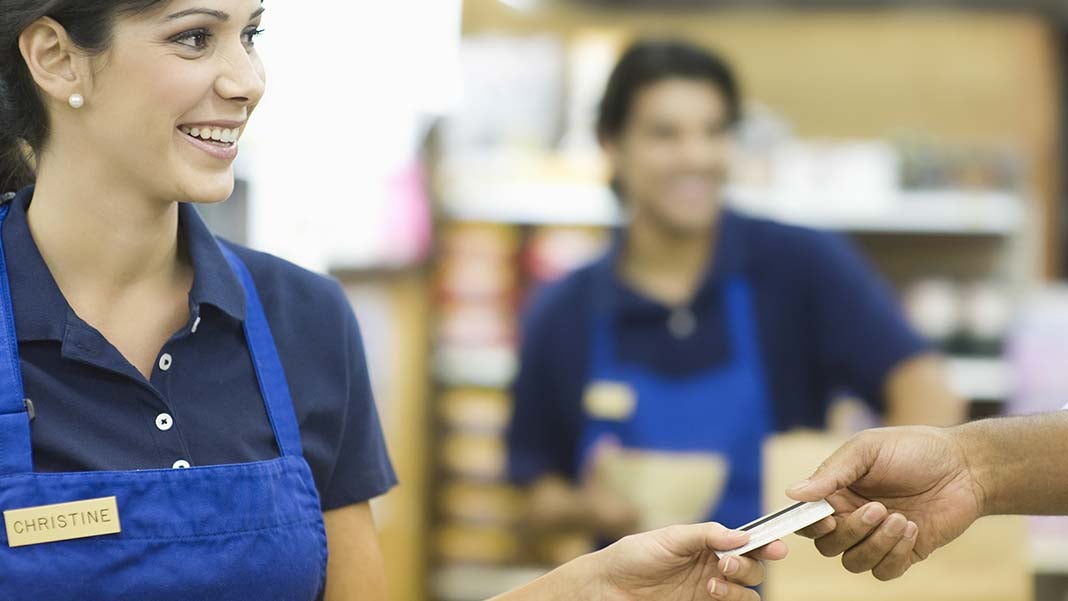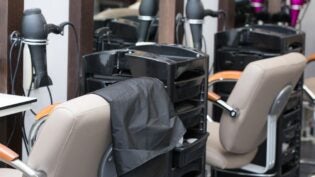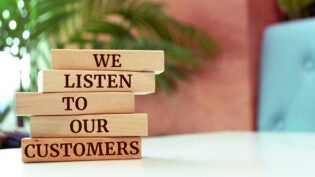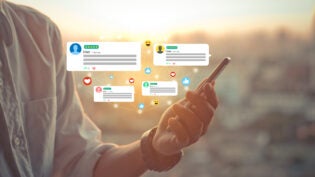Rewarding Customer Loyalty Pays Dividends
By: Jerry Osteryoung

There is a big difference between a satisfied customer and a loyal customer.
~ Shep Hyken
When first starting a business, your focus is trying to attract customers by offering products and services they want. Once you have an established customer base, however, your focus should switch to finding ways to keep them coming back on a regular basis. Getting your customers to return is critical, and as such, is one of those elements that needs careful attention.
Why is keeping existing customers so important? Because getting a new customer costs up to five times more than keeping an existing customer. It just makes sense. You want to do everything you can to entice customers so they keep coming back, and a customer loyalty program is a great way to do that.
There are many customer loyalty programs out there. You want to evaluate them carefully as they can be expensive and not all are right for every business.
One industry that has figured out how to do a customer loyalty program effectively is the airline industry. Delta, which I use because of its loyalty program, is very well designed. It does not really cost Delta anything but makes the customer (me) want to use their service exclusively because it comes with a list of perks that includes early boarding, free baggage, priority baggage handling and seat upgrades when available.
Notice that each of these perks is a service that brings the customer value but costs Delta nothing to offer.
Of course, not every business has the ability to provide services without incurring a cost. In fact, with most, you must give up revenue and profit to give a customer something for being loyal. This is where you need to be careful. You want to reward loyalty, but you do not want to give up too much profit, especially if customers will buy without an incentive.
There is plenty of help out there for companies wanting to set up their own loyalty programs. Just a few of the software options include Belly, Reward Me, Spend Go, Five Starts and Front Flip. These programs work, but there is a lot of basic analysis that must be done before choosing a specific approach to rewarding customer loyalty.
One of the first things you need to look at is your customers. Who do you want your loyalty program to attract? New customers? Existing customers? Both?
Some firms just want to go after new customers and make them loyal customers, but my thought is that a customer loyalty program should go after both. We obviously want to retain new customers, but we also want to keep the customers we already have. So many firms seem to forget about keeping existing customers happy.
One problem I see with loyalty programs is they tend to create a sense of entitlement among your customers. We have all seen programs where you buy nine sandwiches, for example, then get the tenth free. Customers end up expecting this to continue forever.
Another problem with loyalty programs is that they may only keep a customer as long as it takes them to earn the reward. Meaning, once they get the freebee—a free cup of coffee, for example—they are off to try another coffee house.
Bottom line is loyalty programs do not create true loyalty unless they are designed right.
For a loyalty program that works, I look at Panera Bread Company. They use a wonderful and unique concept. You sign up for the program and every time you go in, there is a chance you might get a free cup of coffee or bakery item. They do not spell out exactly what or when, so you are never sure when a reward is coming.
Panera has found that the psychology of “surprise and delight” works well for them. Older psychology was based on human behavior—you get expected rewards in exchange for behavior. However, in this context, rewards are built as entitlements in that you buy a certain number of donuts and earn a free one. The customer does not feel good about getting the reward, but instead, feels disappointed if they do not get it. Psychologically speaking, these types of customer loyalty programs do not reinforce good behavior at all.
At Panera, though, rewards are seen as gifts rather than something the customer feels they are entitled to. The Panera model generates positive feelings for the brand and helps solidify the relationship.
Now go out and make sure you have a customer loyalty program in place that is both effective and profitable.
You can do this!
2888 Views












